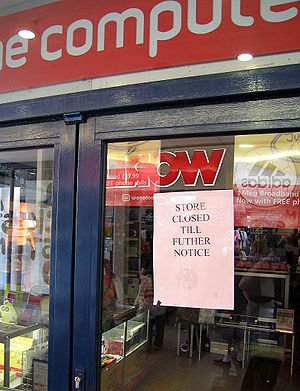
The Types Of Creditor Claims You May See In Bankruptcy
Creditor Claims in Bankruptcy
When a debtor files bankruptcy, their creditors are required to submit what is called a claim if they want to get paid. A claim is basically a right to payment in a bankruptcy case.
Below are the different types of claims you may see in you bankruptcy case:
- Secured Claims – Secured claims in bankruptcy are debts owed by the bankruptcy filer which are secured by some type of property. For example, a mortgage is a secured claim. Also, a car loan is a secured claim.
- Unsecured Claims – Unsecured claims in bankruptcy are debts owed by the bankruptcy filer which are not secured by some type of property or collateral. The most common type of unsecured claim in bankruptcy is a credit card debt . However, there are other types of unsecured claims such as a personal loan from a bank, friend or family member. Some secured debts can become unsecured claims if the collateral they are secured by loses enough value that it no longer is valued for as much as the outstanding loan. For example, many homes lost value leaving some 2nd and 3rd mortgages unsecured.
- Priority Claims – Priority claims are debts owed by the bankruptcy filer which have high importance. Being priority claim means that the debt will get paid before non-priority claims. For example, the unsecured portion of a mortgage could be priority while an unsecured credit card claim could be non-priority.
- Super-priority Claims – Super-priority claims are claims which will be paid before non-priority and even priority claims. For example, recent taxes, child support, alimony or some type of lien may enjoy super-priority claim status in bankruptcy.


